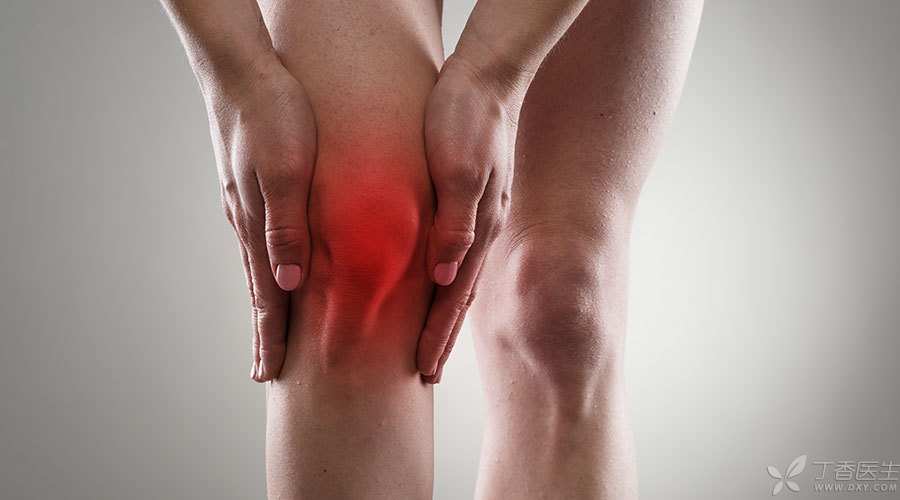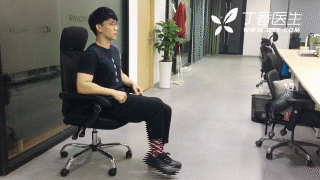
When you bask in how many steps you have taken, how many kilometers you have run and how many calories you have consumed in your circle of friends, your knee joint may have contributed the most.
Knee joint is the largest and most complicated joint in human body. They silently bear the weight pressure of human body and also mobilize various structures to participate in activities. They are easily injured.
According to statistics, up to 60 ~ 70% of men over 60 years old suffer from osteoarthritis, and the proportion of women is higher.
Therefore, when young, it is very important to find knee joint problems in time.
So how do you find knee problems early? Today, let’s listen to what the orthopaedic doctor said.
One action, simply judge whether there is a problem with the knee,
Method: Duck Walk

- If you feel acupuncture-like pain in front of your knee during squatting, or feel that your knee is very sour and swollen, it means that the patella cartilage of your knee joint may be damaged. If you can’t move your knee during walking, or feel obvious pain on the medial or lateral side of your knee, it means that your meniscus may be damaged.
Note: This method has certain requirements on thigh muscle strength and body coordination. It is not recommended for people over 50 years old to try it. Before the test, it should be well protected or accompanied by others.
What other distress signals will be sent out when knee problems occur?

Generally speaking, the signal of knee joint problems is one word-pain, specifically knee pain of unknown causes.
However, different pains may be [distress signals] in different parts. Here are some of the most common situations:
1. Signal of Articular Cartilage Damage
Key words: slight bending hurts
When going up and down stairs, climbing mountains and squatting on horses, there is stabbing pain, soreness or soft leg beating at a fixed position of the knee joint (the lower leg is soft and cannot work hard), which indicates that articular cartilage injury may be involved.
2. Signals of meniscus damage
Key words: fixed position pain
After knee joint sprain occurred during exercise (even a casual minor injury), pain occurred at a certain fixed position, and the pain was more obvious when pressed, which indicated that meniscus injury might occur.
3. Multiple Structural Impaired Signals
Key words: cannot bend
No matter under the condition of what, the knee joint has [interlocking] symptoms (during walking, squatting and other activities, the knee joint suddenly cannot move like stuck, accompanied by obvious pain), which indicates that there may be free body or meniscus injury after cartilage injury.
Stick to one movement to make your knees more durable.
If the above-mentioned “duck walk” cannot be completed, or the knee sends out a “distress signal”, it is recommended to see a doctor immediately to avoid chronic injury and worse results.
If there is no problem with the knee, you can make the knee stronger and more durable through exercise. It is good to stick to a little trick-straight leg elevation.

As shown in the figure, first sit firmly and keep the knee joint out of the seat range, then stretch the whole leg straight and keep the horizontal state, and hook the toes hard at the same time. At this time, the thigh muscle tension can be obviously felt.
Keep your legs up for 30 seconds, relax for 5 seconds, and then repeat. (As the younger brother demonstrated with injuries, the movement was too fast, so everyone must last a little longer, keep your legs up, tighten your muscles for 30 seconds, and then put them down.)
Don’t underestimate this simple action, insisting on exercise can strengthen the strength of quadriceps femoris and make the knee joint more stable.
This kind of exercise can be done whether it is knee joint injury or recovery after surgery, or prevention of knee arthritis.
Of course, if it hurts when you move, then don’t do it. You can consult professionals first.
What we said earlier is how to [discover early]. As for how to treat early, Dr. Clove has also prepared it for everyone. Click to view it.
Click to view always knee pain, how to do?
